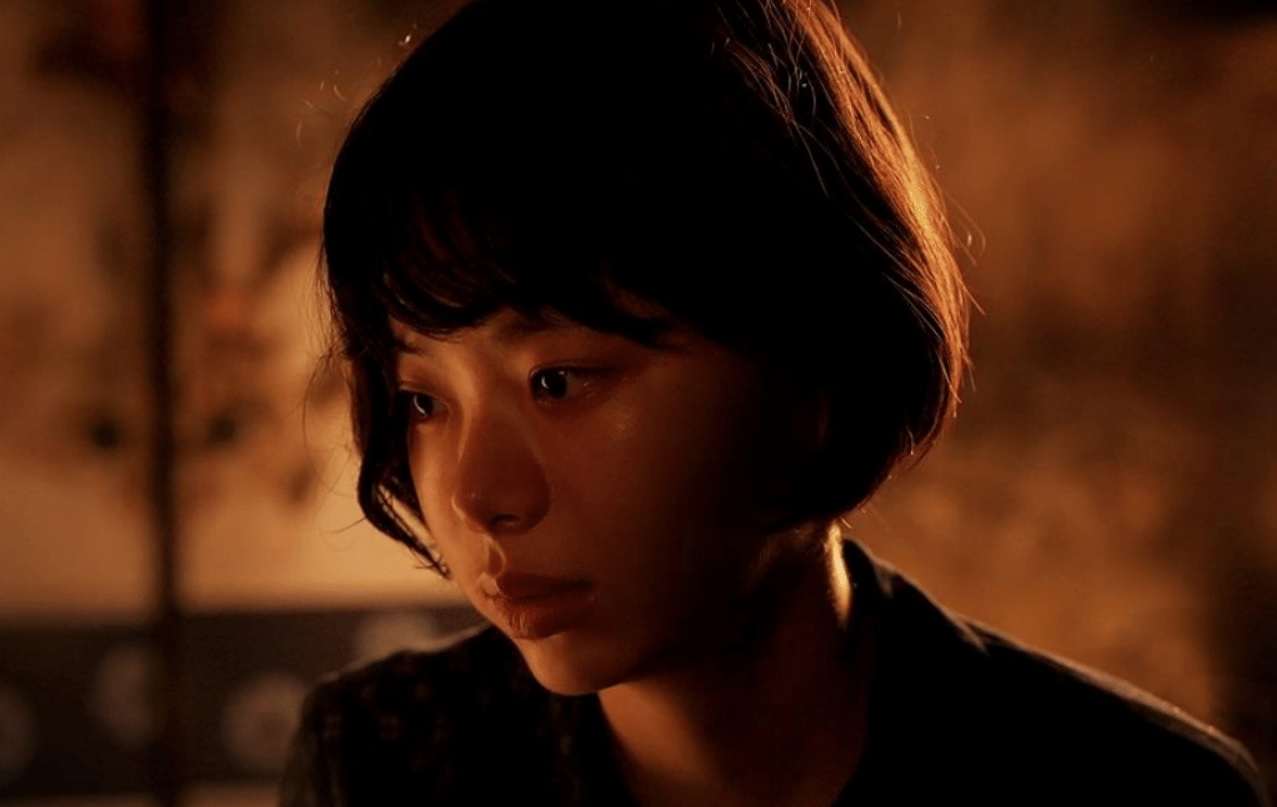interview
Shinya Tsukamoto Interview – Director of ‘Shadow of Fire’
Shinya Tsukamoto’s latest film, Shadow of Fire, follows three characters who begin a strange life together, including a woman (played by Japanese actress Shuri) who makes a living by selling her body at a pub diner that’s nearly been burnt to the ground. Meanwhile, a war orphan (newcomer Oga Tsukao) sneaks into the woman’s house to steal things, and a young demobilised soldier (Mirai Moriyama) comes as a guest. However, their companionship is a short-lived experience, as the soldier’s memories of the war begin to destroy the lives of all three.
Shadow of Fire screened as part of the Orizzonti section of this year’s Venice Film Festival, where Tsukamoto’s last few films—Killing (2018), Fires on the Plain (2014), Kotoko (2011)—also premiered. Projektor sat down with the famed Japanese director, whose new feature explores the aftermath of World War II by crafting a touching drama set in Japanese a black market during the first post-war years.

Projektor: When did you start working on Shadow of Fire?
Shinya Tsukamoto: Ten years ago, I directed and produced Fires on the Plain [a remake of Kon Ichikawa’s 1959 feature of the same name], a war film set in World War II. Back then, I felt that Japan and the whole world were moving towards a warring state again. That movie revolved around a soldier fighting on an island in the Philippines, and in it I aimed to depict the horrors and the harshness of the war, as well as its true destructive force. After 10 years, I still had the feeling that the threat of war was looming in Japan, and then the Russian-Ukrainian war started in Europe. So I decided to work on a project about war again, this time [told] through the eyes of a child. My film is meant more as a prayer, and my hope is that the future younger generations won’t go through war again.
How did you cast your three leads—the actors playing the child, the retired soldier, and the woman?
The child [Oga Tsukao] was auditioned. During the audition he proved collaborative, so I had the feeling I could trust him and that he could do a great job. I chose Shuri [who plays the woman] after watching some film and TV dramas she was starring in. While watching her, I felt she wasn’t really acting but more being herself, so I realised she could play her role in a natural way. Finally, the reason why I chose Mirai Moriyama to play the part of the demobilised soldier is that he is also a dancer, and I felt he could act and express himself not only with words but through his body. That was a unique skill and a type of energy I found very attractive for his role.
You also served as the cinematographer for the film. How did you work on lensing the film?
I didn’t really pick external references like previous films or TV dramas. Actually, I was inspired by real war-time and post-war photographs. By looking at them, I imagined the best way to make this film was to pay much attention, especially when shooting in interior locations, at highlighting the contrast between darkness and light. Even the title of the film itself reflects this, the idea of a small fireplace lighting a room.
I’m hoping one day I can stop working on war films so that I can move on to another genre. When that will happen, it means things got better.
I see that the late Chu Ishikawa is credited as the composer.
Yes, he actually passed away after Fires on the Plain, around five years ago. He was a dear friend of mine, and a long-time collaborator. We had worked together a lot. I couldn’t really give up the fact he is not here with us anymore. I even began working with another composer, but I couldn’t give up my wish to work with him again. So I ended up using some of this tracks which he made before his demise and gave to his wife—some of them were even unreleased, they were brand-new. Some others were already part of his body of work, so I tried my best for the audience not to realise where they were taken from. I paid attention to make them sound subtle and go almost unnoticed.
Where did you shoot? And how long did production and post-production take?
We decided from the beginning that we were aiming to keep production short and take more time to focus on post-production. Filming took around three to four weeks. We shot both interiors and exteriors in Fukaya, in the Saitama Prefecture, not too far from Tokyo. Some locations like the diner and the main street were purposely built for the making of this film. Then post-production took almost a year. We wrapped filming in August last year and had the first screening in June this year. Then I still made some slight changes to my film [as editor].
Are you already working on something else? And considering the time we live in, are you still interested in exploring the theme of war in your next endevaours?
Yes, I’m still interested in exploring this theme and I’m developing a new project about it. It’s set to be another strong, harsh film. Because of the time we live in and the turbulent order of things in the world, I still feel the need to work on this [type of film]. I’m hoping one day I can stop working on war films so that I can move on to another genre. When that will happen, it means things got better, or at least more peaceful.
Curated by humans, not algorithms.
© 2025 A Good Movie to Watch. Altona Studio, LLC, all rights reserved.